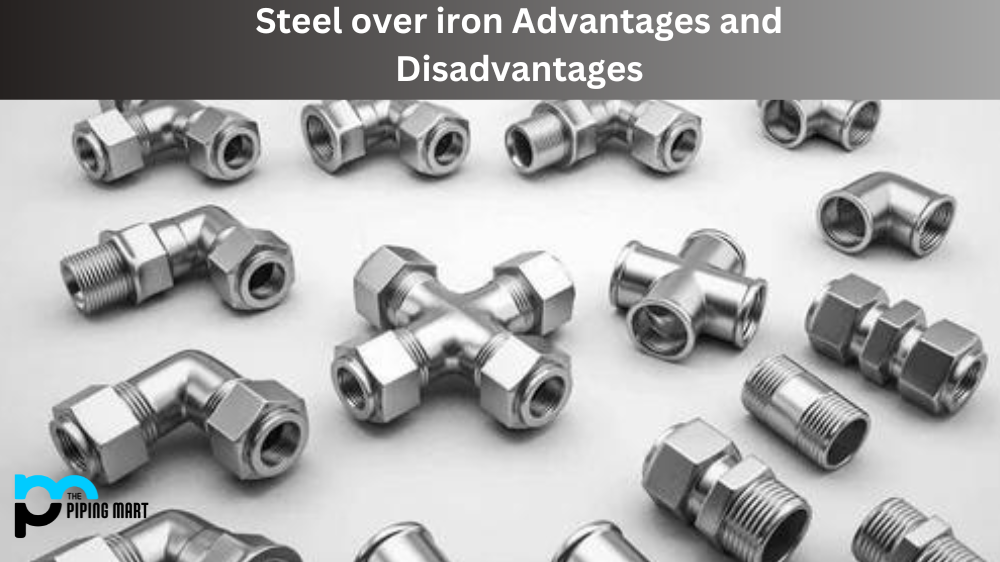Steel electroplating is a process of coating steel with a thin layer of metal. It is most commonly used to increase the corrosion resistance and wear resistance of steel surfaces, but it can also be used to improve electrical conductivity or for decorative purposes. Let’s explore the basics of steel electroplating and how it works.
Electroplating Process
Steel electroplating is done in a few steps. First, the steel surface must be cleaned and prepped to remove any dirt, oil, grease, or other contaminants. Then an electrical current is applied to the surface, either by immersing it in a solution or using an electrolytic pen. This causes metal ions from the solution to be attracted to the negative charge on the steel surface and form a thin layer on top of it. The resulting combination creates an interconnected network of atoms that includes a strong bond between the two materials.
Types of Electroplating Solutions
The type of electroplating solution you use depends on what you are trying to achieve with your plated steel surfaces. Common solutions include copper sulfate, nickel sulfate, zinc sulfate, and chromium sulfide. Each has unique properties that make them ideal for different applications, so it’s essential to do your research before deciding which one is best for your project.
Benefits of Steel Electroplating
Steel electroplating offers numerous benefits over traditional painting or powder coating methods. For example, because the plated layer is much thinner than paint or powder coatings, less material must be applied, reducing costs and labour time. Additionally, since it’s electrically charged rather than applied manually, like paint or powder coatings, there’s no chance for imperfections or inconsistencies in the application, which means better results every time! Finally, because it requires minimal prep work before application (just cleaning) and no post-application cleanup (no solvents needed), it’s generally much faster than other methods. It makes it perfect for those who need quick results without sacrificing quality!
Conclusion:
Steel electroplating is an effective way to coat steel surfaces with a thin layer of metal to increase their corrosion resistance and wear resistance while also improving their electrical conductivity or enhancing their appearance with decorative finishes. The process is relatively simple yet versatile; depending on which type of electroplating solution you use, you can achieve different results for different applications! Whether you’re looking for increased protection from corrosive elements or want to spruce up your project with some decorative finishes – there’s sure to be an electroplated solution that meets your needs!

Abhishek is a seasoned blogger and industry expert, sharing his insights and knowledge on various topics. With his research, Abhishek offers valuable insights and tips for professionals and enthusiasts. Follow him for expert advice on the latest trends and developments in the metal industry.




